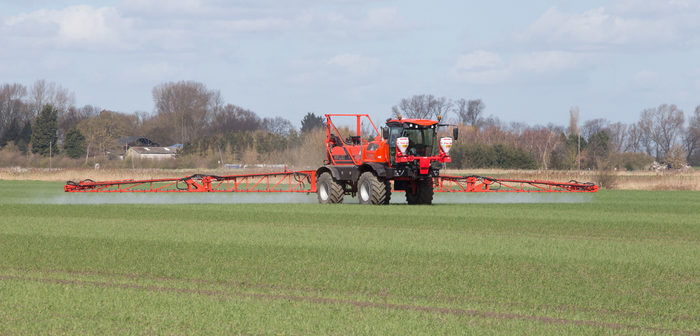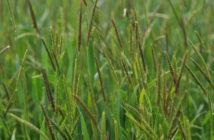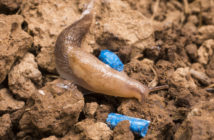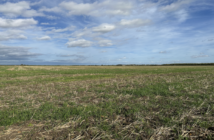Cereal growers are being urged to consider the benefits of controlling broadleaf weeds in cereal crops this autumn, rather than waiting until spring.
Most growers favour leaving the bulk of weed control until temperatures rise and days become longer, but Corteva Agriscience says there are good reasons to get ahead, if conditions allow.
Winter wheat drilling is expected to get underway in the next two weeks across certain parts of the UK, and early-emerging crops may face competition from key problem weeds such as cleavers, chickweed and fumitory going into the winter.
“Tackling weeds when they’re small – be that in the autumn or the spring – will always be the preferred tactic,” says Alister McRobbie, category manager for Cereal Herbicides at Corteva Agriscience.
“Applying herbicides early means the chemistry will be more effective and the weeds won’t be given the chance to grow, making them more difficult to control come spring. It is also part of a pragmatic anti-resistance strategy.
“Although temperatures will begin to drop, they will be fluctuating between daytime and night time, so we advise use of herbicides which are reliable for controlling weeds while coping with variable temperatures.”
The herbicide Zypar®, which contains Arylex™ active chemistry, has been proven to act on broadleaf weeds in cold and variable conditions.
“Unlike some of the older herbicide chemistry, the activity of the Arylex active on target weeds is not significantly influenced by temperature, so control can be achieved under cold (inactive periods of weed growth) and under warm conditions (with active growth),” said Alister.
Arylex’s superior efficacy at low dose rates sets it apart from other synthetic auxin herbicides.
“As little as five to ten grams of active ingredient per hectare after emergence can effectively control most common broadleaf weeds,” Alister added.
If, however, you suspect ALS resistance in poppies, growers should consider an application of pendimenathlin in the autumn, to ensure effective control.
Zypar is a premix of Arylex and florasulam and can be applied at up to 1L/ha. It can be applied to all cereals, apart from oats, in autumn and spring. Spring application is allowed from BBCH 13 to BBCH 45, however the best performance is reached up to BBCH 32.




